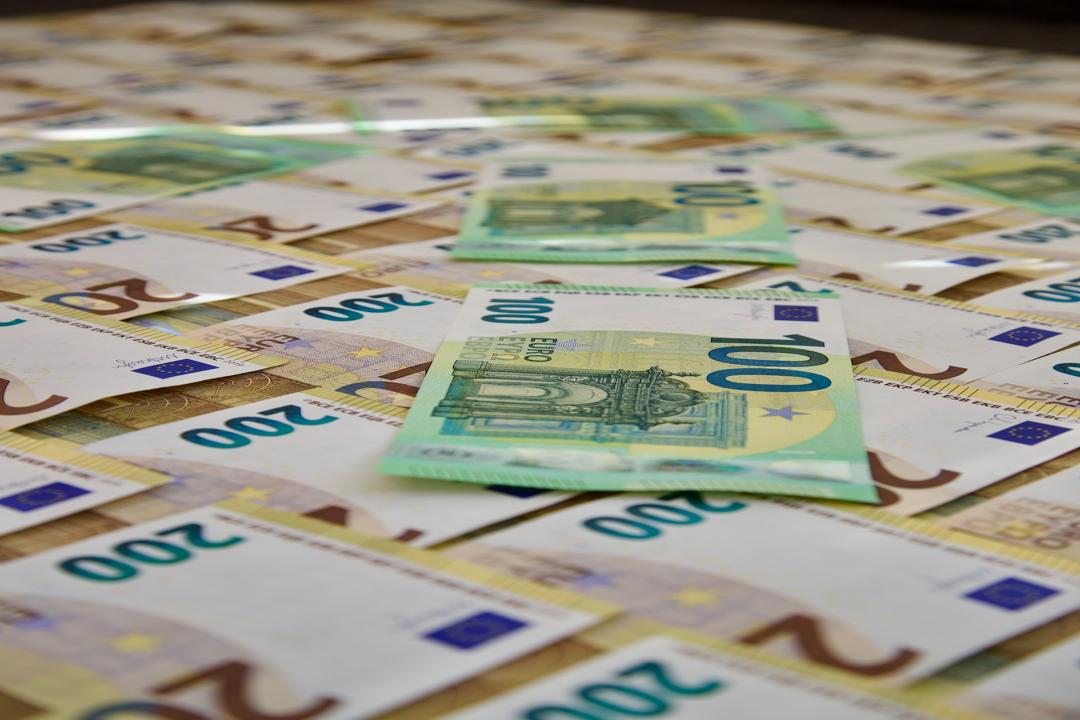Solana Blockchain Outperforms Competitors in Memecoin Frenzy
In the world of cryptocurrencies, the Solana blockchain is currently surpassing its rivals Ethereum, Avalanche, and BNB Chain in terms of network activity, growth, and adoption. This can be attributed to the recent frenzy surrounding memecoins, which has taken the crypto markets by storm.
Over the past month, the Solana blockchain has witnessed the launch of thousands of new memecoins with billions of dollars in trading volume. Some of these memecoins have made headlines and reached new market highs within days, while others have faced controversies involving rug pulls and even racism.
Memecoins are digital currencies that derive their name from internet memes and are primarily a pop culture reference with no practical application. These cryptocurrencies often have a strong online community backing them.
While memecoins are not a new concept, as seen during the last bull cycle with coins like Dogecoin (DOGE) and Shiba Inu (SHIB), the current memecoin frenzy is on a whole new level. It started on Solana and has now spread to other chains such as Coinbase’s Base and Binance’s BNB Smart Chain.
During the previous bull cycle, memecoins reached new highs over an extended period, driven by a strong online community. Dogecoin, for example, received a major boost from Tesla CEO Elon Musk, who added DOGE payments to Tesla’s merch store to show his support.
However, in the current cycle, memecoins are appearing at an unprecedented rate. Tokens that are barely a few hours old are accumulating millions in trading volume and billions in market capitalization.
According to a report from CoinGecko in April, memecoins were the most profitable sector in Q1 2024, with an average return of 1,312.6% across multiple top tokens by market cap. Notable gains include BRETT, which surged by 7,727.6%, and Dogwifhat (WIF), which rose by 2,721.2% over the quarter. Book of Meme (BOME) even experienced a brief surge of over 40,000% within days of its launch.
BOME, launched by pseudonymous artist Darkfarms1 on March 14, started with a market cap of around $4 million. Within a couple of days, it reached a market cap of $1.45 billion and gained support from major exchanges like Binance, Bybit, and KuCoin.
Similarly, Dogwifhat, which launched in November 2023, became one of the top 50 cryptocurrencies by market cap in Q1 2024, with a market cap of nearly $50 billion.
While the Solana memecoin frenzy has made many new crypto millionaires, it has also resulted in many people losing fortunes in pursuit of the next big memecoin. Additionally, many new memecoin projects turn out to be rug pulls, where developers shut down the project and steal investors’ funds.
Crypto veterans have cautioned against investing in memecoins due to their lack of utility and the gambling-like atmosphere surrounding memecoin markets. They believe that this market frenzy could distort the image of cryptocurrencies and undermine the broader adoption of blockchain technology.
However, proponents argue that the memecoin frenzy has attracted a significant number of newcomers to the crypto space and generated substantial profits for some investors. Nevertheless, it is crucial to recognize the risks associated with speculative assets like memecoins, as they lack intrinsic value and are highly volatile. Responsible investment practices and education are essential for all participants.
Ryan Lee, the chief research analyst at Bitget, believes that the rapid rise in the prices of Ethereum (ETH) and SOL (SOL) — the native assets of Ethereum and Solana, respectively — is one factor driving the memecoin sector upward. Memecoins are typically priced in ETH and SOL on decentralized exchange platforms, and the upward trend in their prices contributes to the appreciation of memecoins.
The memecoin frenzy on Solana follows a pattern similar to other successful crypto market stories. It began with a flood of dog- and cat-themed memecoins that generated millions in trading volume, followed by memecoins based on world leaders like former US President Donald Trump and current President Joe Biden.
During this period, many developers and users used social media to raise funds for launching new memecoins. While major crypto firms struggle to secure funding from venture capitalists, users on platforms like X were able to raise hundreds of millions of dollars in pre-seed funds within hours. However, not all pre-seed projects were successful, and many turned out to be rug pulls.
Observers have drawn comparisons between the memecoin funding frenzy and the 2017 initial coin offering (ICO) bubble on the Ethereum network. During the ICO rush, projects raised millions of dollars but often failed to deliver tokens with any real-world use. However, there was still some pretense of offering a genuine product.
Like the ICO boom, the memecoin frenzy has put the Solana network’s capacity to the test. The daily transactions on Solana have increased 2.5 times, from around 600,000 on January 1, 2024, to over 1.5 million by the second week of April.
While dog- and cat-themed memecoins dominated the Solana blockchain during the peak of the memecoin frenzy, many tokens with racist and homophobic content were also unleashed. Some of these tokens reached market capitalizations in the billions of dollars.
The proliferation of these coins has prompted calls for intervention from Solana developers. However, opinions on the memecoin frenzy are divided within the crypto community. Some view it as a negative portrayal of crypto, as most memecoins offer no utility and are effectively gambling. Others argue that memecoins attract new traders and exemplify the values of a free market where anyone can create and trade tokens.

